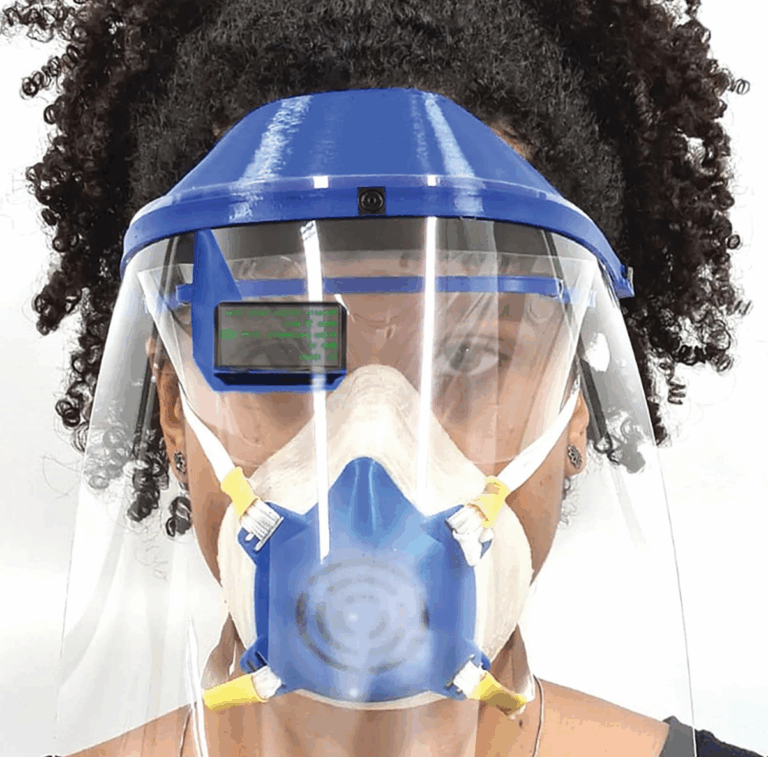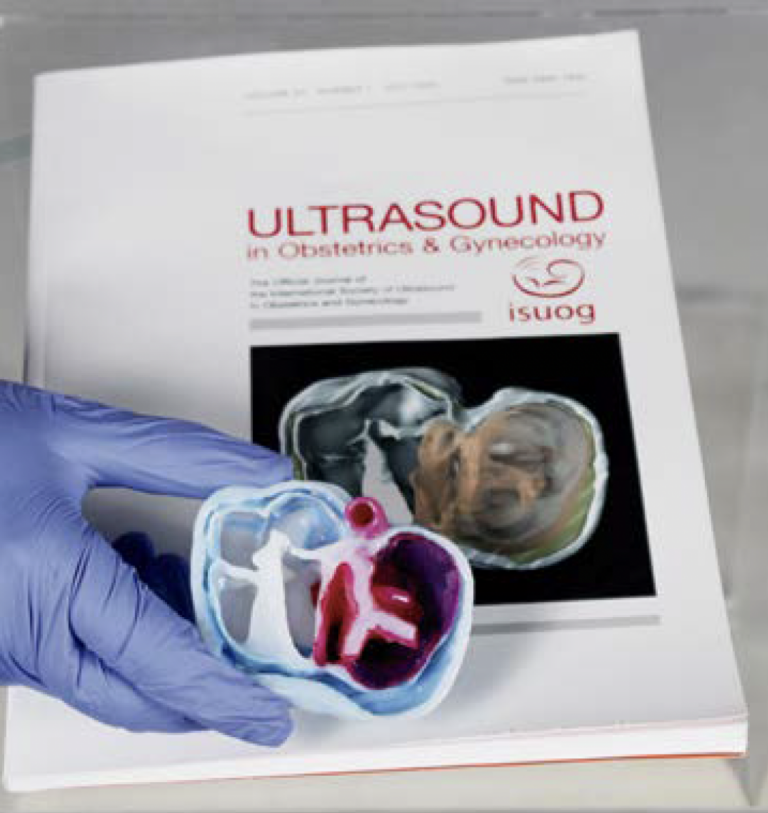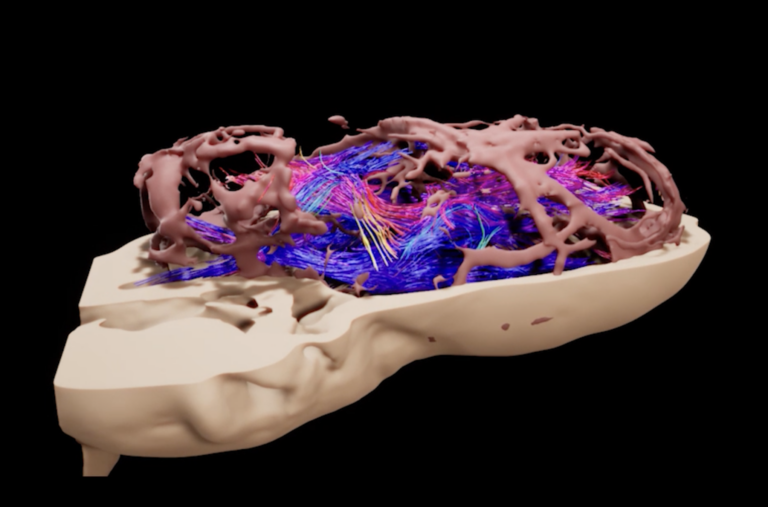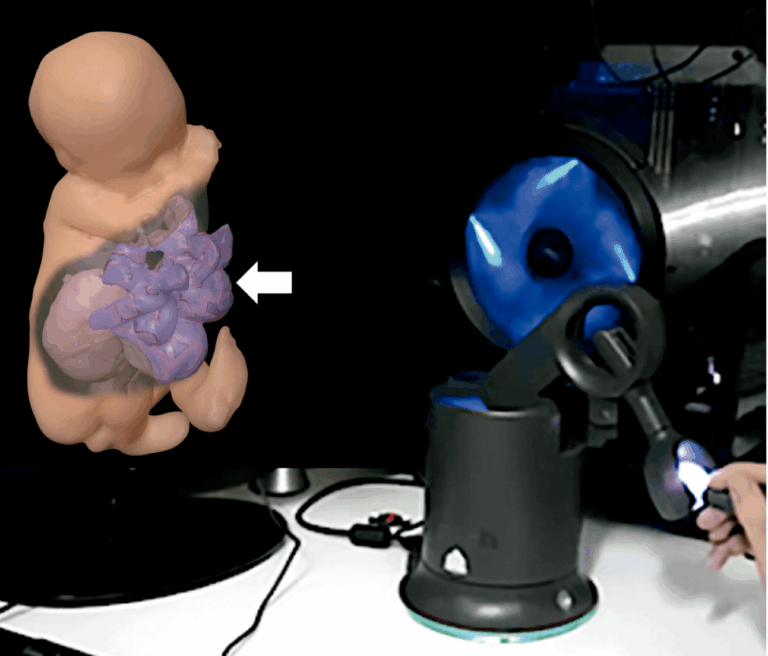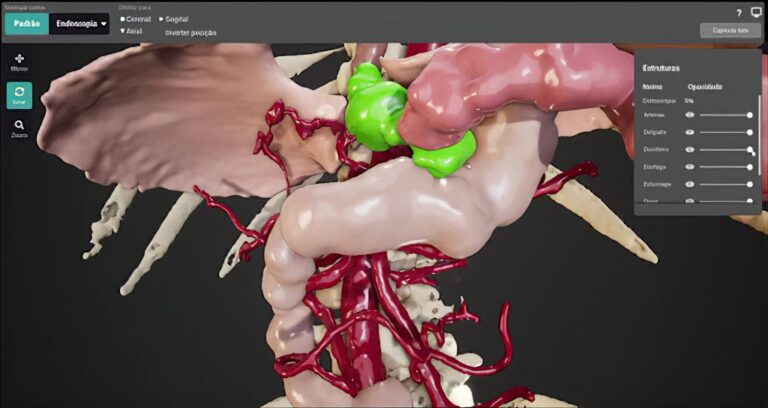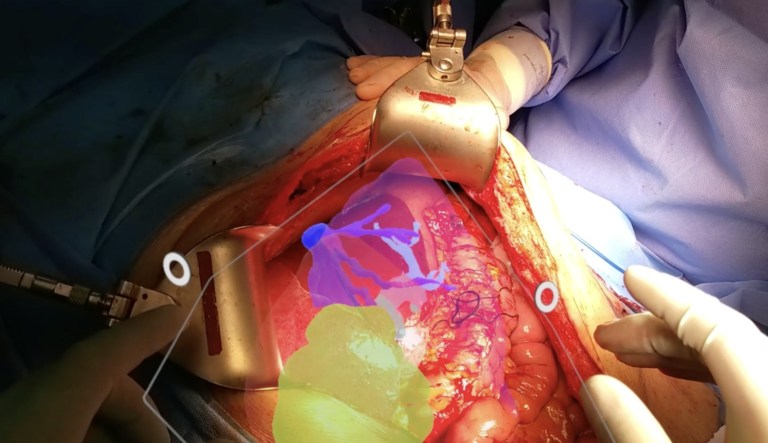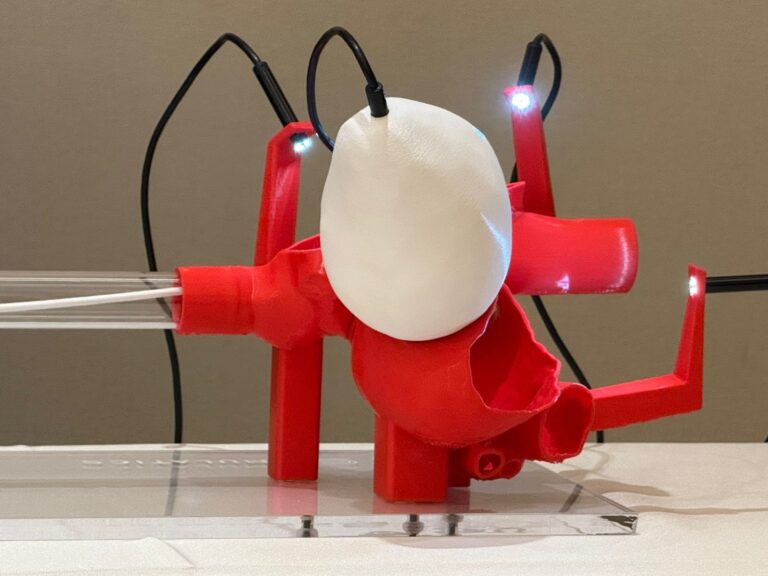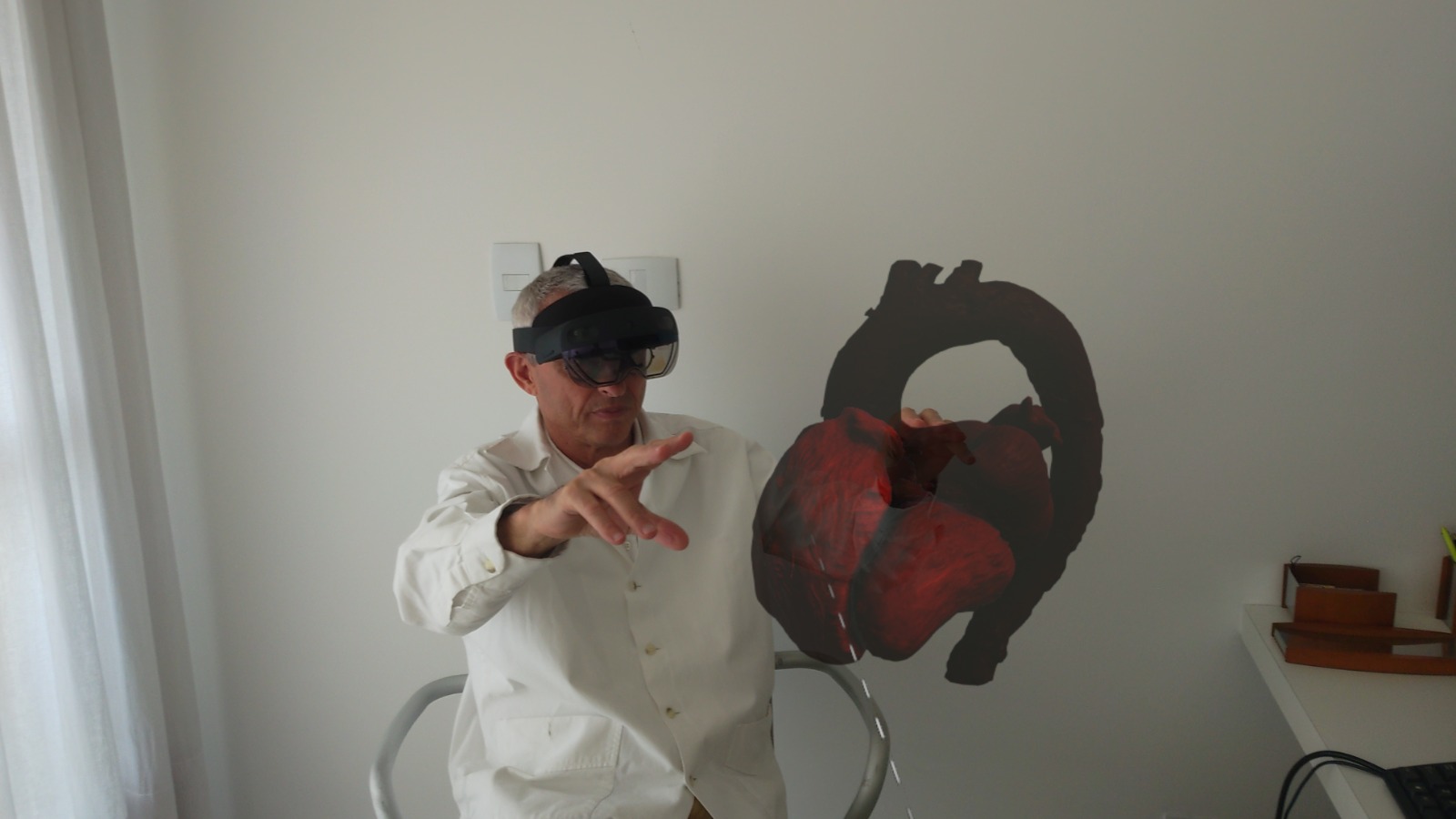
3D visualization technologies for Virtual Reality (VR) and Augmented Reality (AR) are transforming human interaction in digital environments, overcoming the limitations offered by traditional two-dimensional interfaces. By integrating layers of digital information into the physical world, these technologies blur the lines between the real and the virtual, creating an immersive environment where interaction with digital objects and data takes place in an intuitive and personalized way. This integration broadens human perception, enabling new forms of experience and interaction. This advance is part of the evolution of the Internet and its interfaces, reflecting significant progress in the way we relate to technology.
The transition from Web 1.0, characterized by static documents and passive interactions, to Web 2.0, which introduced multimedia content and interactive platforms, marked substantial progress, but was still limited to two-dimensional screens. With Web3, leveraged by the connectivity of 5G networks, blockchain and artificial intelligence, the concept of the Metaverse emerges, a digital dimension where interaction is amplified and becomes immersive, and a new paradigm, the Spatial Web, represents the further advancement of the way we connect in the three-dimensional world. This new paradigm seeks to represent how we can connect the physical and the digital in a more interactive and intuitive way, employing spatial data and immersive interfaces.
Artificial Intelligence (AI) plays a crucial role in this context, processing large volumes of data instantly and incorporating algorithms into visualization platforms. Advances in machine learning and visual computing enable a deeper understanding of the three-dimensional environment, allowing the creation of systems capable of interpreting and interacting with 3D images in a sophisticated way. These developments pave the way for a new era, where decision-making can be assisted by sensors and intelligent artifacts.
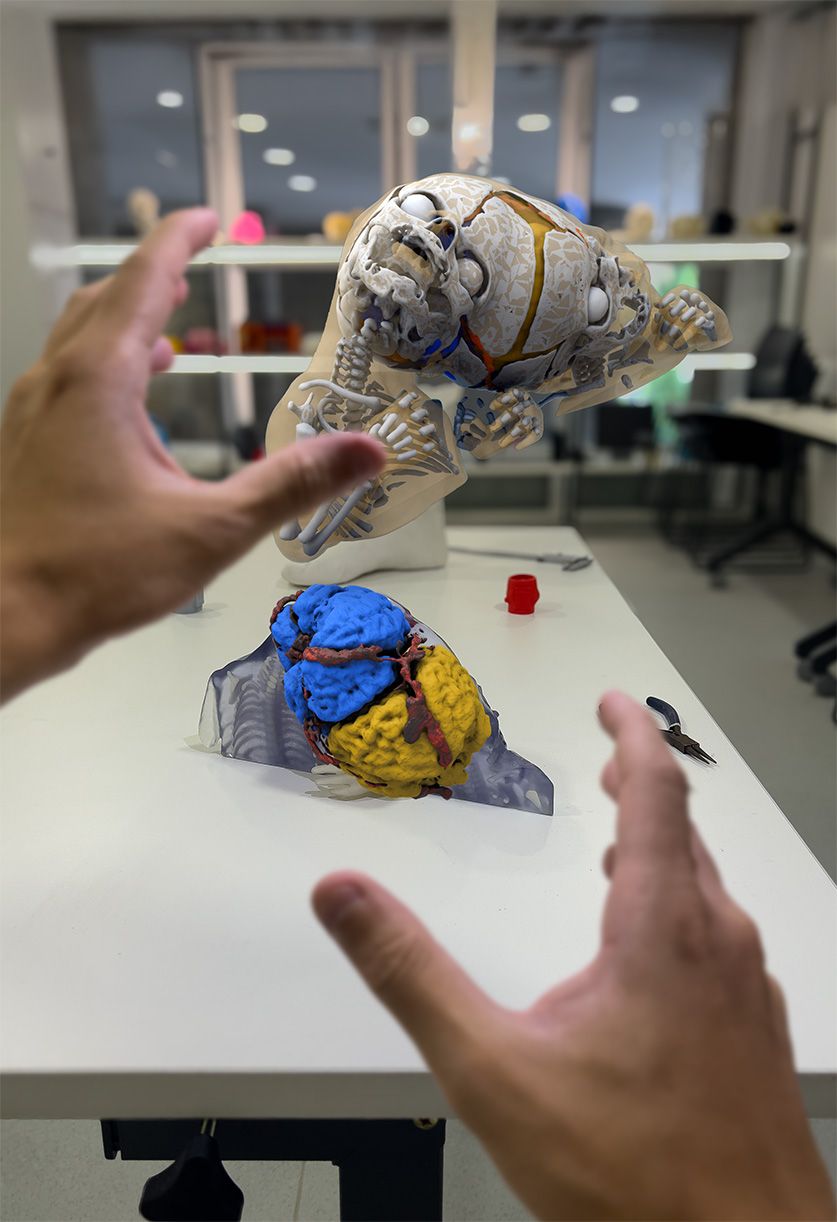
Fei-Fei Li, an AI pioneer and co-director of Stanford’s Human-Centered Intelligence Institute (Stanford HAI), has been highlighting the importance of Spatial Intelligence (SI) as the next big step for AI. SI allows machines to process visual data and make predictions, and to act on those predictions, enabling a more natural and effective interaction with the real world. New applications in the areas of health, robotics and education, can be developed and contribute to the well-being of society. Li’s vision suggests that the ability to understand and interact with the three-dimensional world is fundamental to the development of AI and that these technologies really can improve the human condition.
The integration of SI and AR in the visualization of medical images offers significant potential for modern medicine. AR allows digital information to be superimposed on the user’s field of vision, facilitating visualization, and SI its interpretation of complex data in real time. For example, advanced machine learning and computer vision algorithms can analyze medical images and create three-dimensional models, such as computed tomography (CT) scans and magnetic resonance imaging (MRI) scans, allowing healthcare professionals to identify anomalies with greater precision.
An integration of EI with AR in medical imaging can not only aid clinical decisionmaking, but also offer a new form of interactivity and accessibility. Patients can visualize 3D models of their own anatomies, making it easier to understand their medical conditions and actively engage them in their treatment. This breakthrough would represent a significant milestone in the development of personalized medicine, paving the way for innovations that will transform medical practice and improve patient care.
In addition, 3D visualization of organs and tissues in AR allows surgeons and interventional doctors to plan procedures with greater precision. In a case study conducted at Stanford Hospital, surgeons used three-dimensional AR models to perform a complex cardiovascular procedure, resulting in shorter operating times and a reduced risk of complications. These 3D models help to understand the specific anatomy of each patient, improving surgical precision and clinical results.
The integration of SI with AR not only improves clinical decision-making, but also offers a new dimension in the way it is represented. This breakthrough represents a significant milestone in medicine, paving the way for innovations that will transform medical practice and enhance patient care, a new paradigm where newly introduced technologies reconfigure and reshape those already present, and vice versa, presenting natural, hybrid or synthetic artifacts for the simulation and manipulation of medical images.
